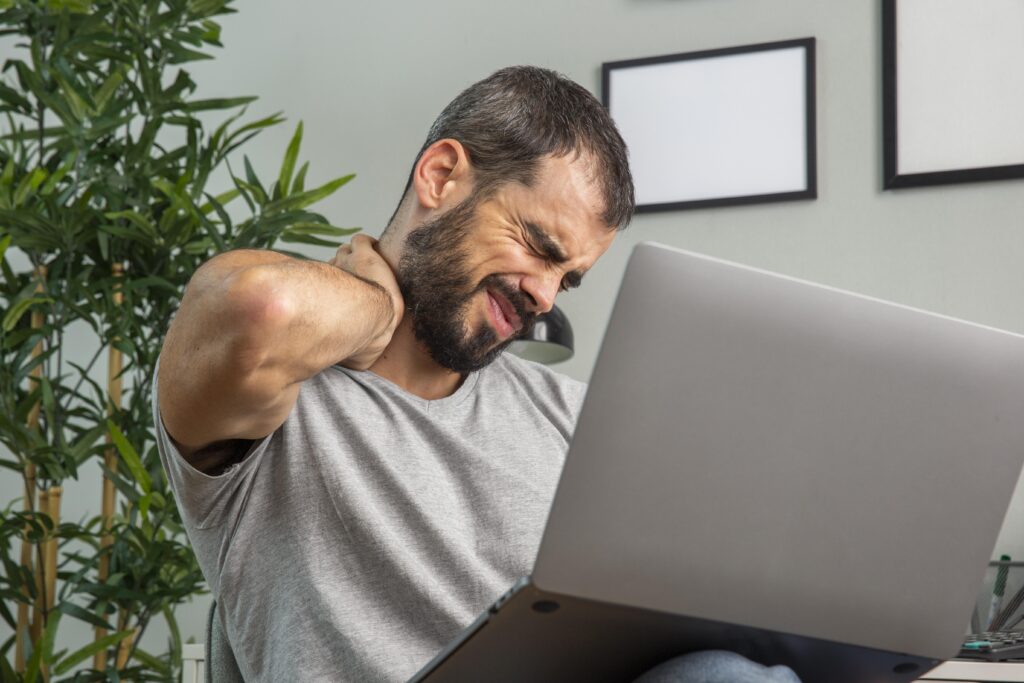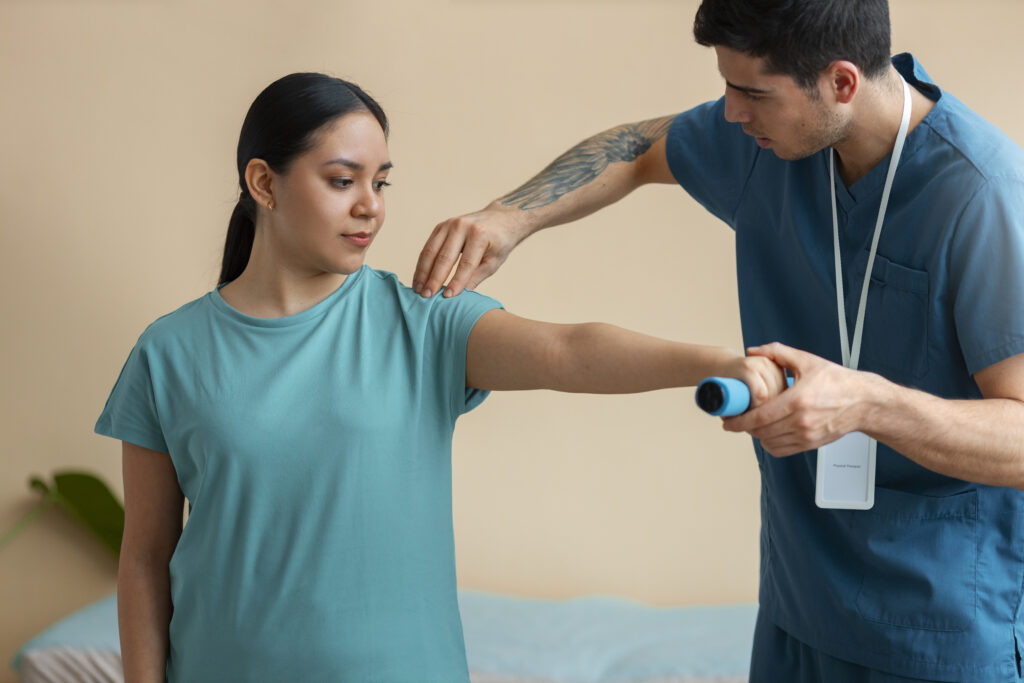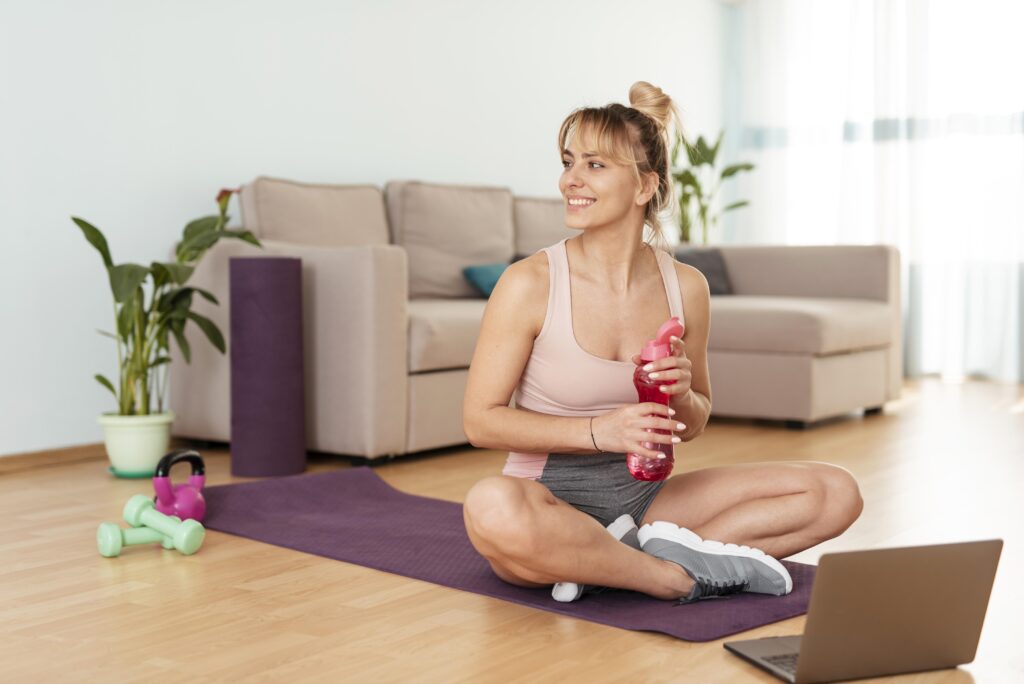There’s no doubt that backpacks are a necessary part of life for kids. They can carry school supplies, snacks, sports gear, homework, and other necessities required for school with ease. But if not worn correctly, backpacks can lead to back pain, neck pain, and other health problems.
In this guide, we’re going to review everything you need to know about getting the right backpack for your kids to promote a healthy spine.
Common Issues with Kid’s Backpacks
Parents in West Fargo are often unaware of the common issues that can occur when kids carry backpacks. Carrying a backpack improperly can cause pain in the neck, shoulders, and back. In addition, kids can easily overload their backpacks, leading to further pain and discomfort. Parents should be aware of these common issues and take steps to avoid them.
Here are some common issues with kid’s backpacks
Too heavy
Most of the time, kids will overload their backpacks with too much weight, either out of necessity or because they simply don’t know any better. As a result, the backpack can be extremely heavy for them to carry and can cause pain in their necks, shoulders, and backs.
You can find out how much your child’s backpack should weigh by multiplying their weight .10. This 10% rule of thumb is especially important for kids, as carrying too much weight can cause long-term health problems.
Improper padding
The straps of a backpack should be padded enough to reduce the strain on your child’s shoulders and neck when carrying it. If there is not enough padding or the straps are too thin, then your child could experience significant discomfort after prolonged use.
Wrong size
Selecting the right size backpack is important for keeping your child comfortable while carrying it. A backpack that is too large will put extra strain on your child’s back and also make it too easy to overload it making it too heavy. Be sure to select a backpack that is appropriately sized for your child’s height and weight.
Weight is Not Distributed Evenly
To prevent your child from developing back pain, the weight of their backpack should be distributed evenly across both shoulders. If the backpack is only carried on one shoulder, then this can lead to muscle strain and back pain over time. To combat this you should urge your child to use both straps and adjust them so that the weight is evenly distributed.
Wearing for Too Long
It’s recommended that kids only wear their backpacks for short periods of time. Wearing a backpack for long periods of time can cause pain in the neck, shoulders, and back. If your child is going to be carrying their backpack for a while, they should take frequent breaks throughout the day to rest and adjust the straps to ensure that it is still correctly balanced.
Best Backpacks for Kids to Use
It’s important to make sure that you select the right backpack for your child. Here are some key features that you should look for when selecting the best backpack for your kid:
Use Wide Shouldered Backpack Straps
Backpacks for kids should have wide and padded straps that are adjustable. This will help to evenly distribute the weight of the backpack across both shoulders and reduce any strain on the back.
Ergonomic Backpack Design
When selecting a backpack, look for one with an ergonomic design that is built specifically to prevent back pain. These usually feature multiple compartments which can help to better balance out the weight of contents, as well as provide plenty of padding in areas such as the shoulder straps and back panel.
Lightweight Material
Look for a lightweight material when selecting your child’s backpack such as nylon or polyester. The lighter material will mean less weight, and therefore less strain on their back when carrying it.
Use Strap Clips Around the Chest & Waist
Using strap clips on your backpack can help to distribute the weight of the backpack evenly across your shoulders and back, preventing pain in those areas. In addition, strap clips can also help to keep the backpack in place, which is especially important if it is a heavy load.
Padded Back
It is important to have padding on the back of your backpack to relieve pressure off your back to make it more comfortable. If there is not enough padding or if the straps are too thin, then you could experience significant discomfort after prolonged use.
Proper Ways for Kids to Wear a Backpack
Not only is it important to select the right backpack, but kids should also wear them correctly to minimize the impact on their spine and joints.
Here are some tips for kids to follow when wearing a backpack:
Wear Both Straps
Wearing a backpack on only one shoulder can lead to muscle strain and back pain over time. To combat this you should urge your child to use both straps and adjust them so that the weight is evenly distributed.
Minimize the backpack’s Weight
A heavy backpack can cause your child to hunch over, which will put a lot of strain on their back and neck. You should try to pack light and only bring along the essentials. Pack heavier items closer to the child’s back and lighter items towards the front of the backpack. For really heavy items, try to carry them in your hands instead of packing them in your child’s backpack.
Tighten Straps for Proper Backpack Height
One way to alleviate some of the pressure is to tighten the straps and wear the backpack higher up on their back. This will help to distribute the weight more evenly and prevent pain in the neck, shoulders, and back. In addition, it is important to make sure that the backpack is fitted properly so that it does not slide down their back or cause any discomfort.
Wear for Short Periods of Time
Wearing a backpack for long periods of time can cause pain in the neck, shoulders, and back. If your child is going to be carrying their backpack for a while, they should take frequent breaks throughout the day to rest and adjust the straps to ensure that it is still correctly balanced.
Stretches Your Kids Can Do To Help With Back Pain
Many parents in West Fargo have kids suffering from back pain. This is unfortunately a common ailment that can interfere with their daily lives. Fortunately, there are easy and effective stretches they can do to help alleviate back pain and keep healthy mobility.
From Dr. Andrew Jahner and Dr. Nicholas Barney here at Optimal Chiropractic, here are three straightforward stretches they can try:
Back extension
Back extensions involve lying on the floor and slowly arching the back while trying to place the back as flat against the floor as possible.
Child’s Pose
Child’s Pose involves sitting back on your heels in a kneeling position while reaching forward with arms outstretched for a few breaths.
Shoulder blade squeezing
Shoulder blade squeezing involves standing tall with arms stretched out to the sides and then squeezing shoulder blades together for 10 seconds before releasing and repeating several times.
Ways to Treat Back Pain for Kids in West Fargo
If your child is suffering from back pain, we highly recommend that they see a Chiropractor in West Fargo. Chiropractic care is an all-natural and non-invasive way to treat back pain. It is tailored to each patient’s individual needs and can help correct any muscle imbalances or misalignments that are causing the pain.
Here at Optimal Chiropractic, we perform gentle adjustments to the spine and musculoskeletal system that help relieve pressure and improve mobility. With regular chiropractic adjustments, they can help your child manage their back pain so that it doesn’t interfere with their daily life.
Pediatric chiropractic care is highly recommended for all children in West Fargo. As your child develops and grows, regular chiropractic treatments can help to keep their spine aligned and healthy. This will prevent any small misalignments from developing into bigger issues in the future.
To book an appointment for your child, give us a call at (701) 364-9998!




